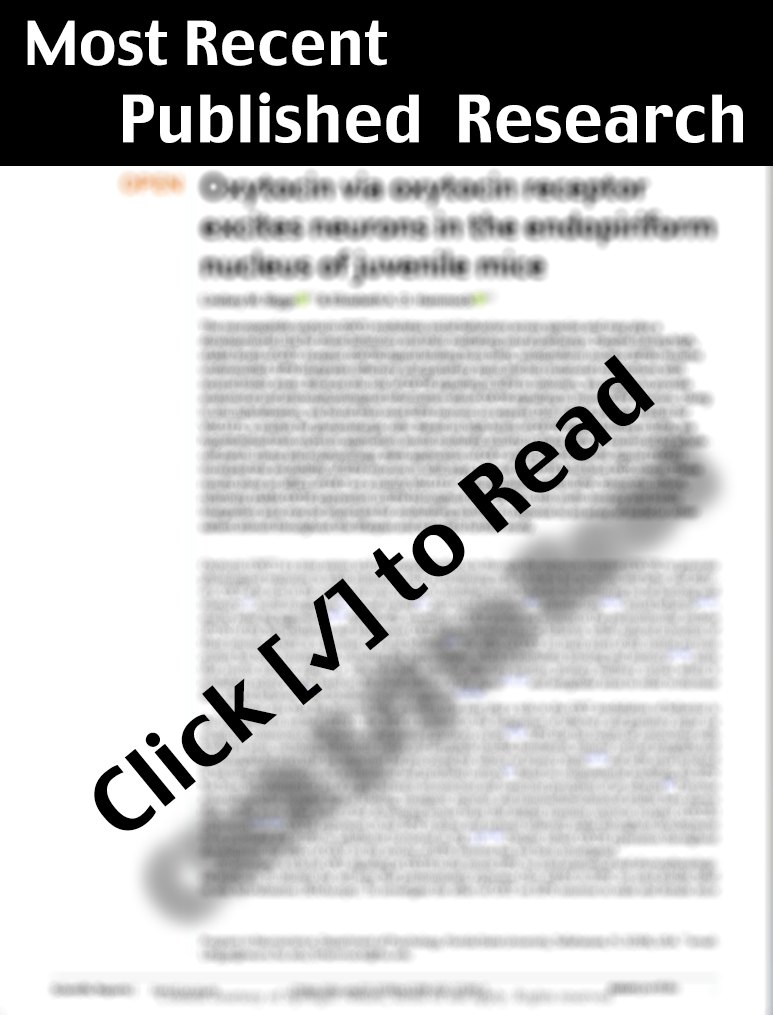
THERPEUTIC PLASMA EXCHANGE (TPE)

(WikiLinks: Plasmapheresis) - (Last Revision: 8/28/2022)




◉ TPE is not the ideal tool to regress the biological age of humans thus preventing diseases, one does not currently exist, but TPE does provide a partial solution (no pun intended), to improve the inflammatory state, disease state and of course the age-set-point of an aged individual that is effective, safe and available now. The two biggest problems with TPE are the transient nature of the benefits and the high associated cost.

The benefits derived from TPE in aged individuals are multifactorial, combining all of the interrelated processes described below. 1) The signaling milieu of age-related proteins within plasma recalibrates the age clock/protocol when the balance of age promoting vs youth promoting proteins gets reset by the removal of 50% of all signaling proteins [6]. It is also hypothesized that the benefit is primarily derived from removing age-elevated, and negative factors from old blood. This includes damaged glycated and incorrectly folded albumin. 2) Master molecular control points in all cells, like mTOR, UPR and ISR monitor and regulate both extracellular and intra cellular environments and can immediately react to changes in thousands of parameters. Rapid recovery after severe blood or nutrient loss would be an evolutionary conserved process controlled by such cellular mechanisms. A fifty percent loss of all plasma would in all probability trigger a regenerative process that would immediately begin to replenish all lost critical proteins until homeostasis is again achieved. 3) The proteins that the system replenishes after a 50% loss, would be newly expressed and in theory more competent and functional than the old proteins they replaced. The rebound seen in this process has surprised scientist in that the increase is both dramatic and strongly correlated to a more youthful state. 4) One hallmark of this systemic environmental improvement is the improve proliferative response of stem cells. 5) Autoimmunity is one defining hallmarks of age-related disease processes. The reduction of auto-antibodies by TPE would in theory have significant benefit and is the primary focus of many approve indications for TPE. 6) Multiple immunological messengers including cytokines, hormones and chronokines increase as you age and are strongly correlated with an increasing disease state. 7) The immune system now finds that the systemic environment is a much healthier place because the sludge (transient metabolic waste, mutated, misfolded and misdirected signaling proteins, elevated hormones, auto-antibodies have been reduced by 50%. Additionally, a subset of signaling proteins correlated with aging are reduced by 50%. These include TGF-β, P-Smad3, Wnt, Luteinizing Hormone (LH), and Follicle-Stimulating Hormone (FSH), Cortisol and p53. [See reference [1] for a more complete inventory.] 8) Physiologically kidney, liver and lung health all improve. 9) The combination of all derived, beneficial therapeutic results of TPE, produce a synergistic, symbiotic like advantage, resulting in a regression of the biological age-set-point, with each individual component facilitating the environment to improve all of the others.
An excellent article that both describes the procedure and the results of two individuals who have received multiple administration of TPE, can be found here: “A first-person account of a simple clinical blood treatment that may extend healthy life.”
A Science Daily Article authored by Kara Manke provide a good background and overview of the science and rational underpinning Therapeutic Plasma Exchange.
[2020] Diluting blood plasma rejuvenates tissue, reverses aging in mice
• References and Links to Full Text Articles
[2022] Old plasma dilution reduces human biological age: a clinical study
2020 CJASN; Therapeutic Plasma Exchange Using Membrane Plasma Separation
2020: The Target of Rapamycin Signalling Pathway in Ageing and Lifespan Regulation
2020: Serum Albumin Redox States: More Than Oxidative Stress Biomarker
2018: J Gerontol; Population Specific Biomarkers of Human Aging.
2017: The Fountain of Youth: A tale of parabiosis, stem cells, and rejuvenation
2014: Principles of Separation: Indications and Therapeutic Targets for Plasma Exchange
2013: Studies that Shed New Light on Aging
2010: Redox State of Human Serum Albumin in Terms of Cysteine-34 in Health and Disease
2010: Can an Apheresis Therapy become an Effective Method for Anti-Aging Medicine?
• Lay Press Articles, Interviews:
2021 - A first-person account of a simple clinical blood treatment that may extend healthy life.
2021: Fight Aging SENS Research Foundation on Recent Plasma Dilution Research
2021: Sens Research Foundation: “Parabiosis: the Dilution Solution?
2020: Life Extension Advocacy Foundation: Interview with Irina and Michael Conboy
2020: Science Translation Medicine: Young Blood and Old Blood
2015: Saving the Aging Brain: Grifols Attacks Alzheimer’s Disease Head-On
• BLOGS:
[27] 2020: Out With the Old Blood
[28] 2020: Aging Matters; Aging Matters: Out With the Old Blood
[29] 2013: Molecules in the Blood that Signal Self-Destruction
[30] 2013: How Young Blood Differs from Old
• SAFETY
The Conboy’s group from Berkley have determined that identifying the specific plasma protein(s) are not necessary to induce a dramatic regression of an individual’s, biological age-set-point[1]. Reductions of all proteins in the proteome by diluting the plasma by 50% is all that is required. A shotgun approach as opposed to identifying the silver bullet. Although not completely contradicting this premise, a recent paper has identified a major replacement protein utilized in all therapeutic plasma exchange procedures, albumin, and specifically the oxidative state or redox state as a potential target in optimizing this procedure[2]. As albumin is a biomarker of oxidative stress, this shift is a recognized response to the severity of disease and pathological conditions and as such becomes a surrogate for an individual’s age. Utilizing un-oxidized albumin, as found in younger individuals confers dramatic benefits. One pharmaceutical company, Grifols has demonstrated benefits to Alzheimer’s patients who receive their proprietary formulation of albumin in a plasma replacement procedure[3].
The Conboys most recent publication continues to provide scientific validation to the hypothesis that removing negative factors from the blood has a beneficial effect on quality of life, health-span and in all probability lifespan[4].
[1] [2020] Rejuvenation of three germ layers tissues by exchanging old blood plasma with saline-albumin
[2] [2013] Intermittent heterochronic plasma exchange as a modality for delaying cellular senescence—A hypothesis
[4] [2021] Attenuation of age-elevated blood factors by repositioning plasmapheresis: A novel perspective and approach
[5] [2021] Using the World Apheresis Association Registry Helps to Improve the Treatment Quality of Therapeutic Apheresis
[6] [2021] Therapeutic plasma exchange with albumin: a new approach to treat Alzheimer’s disease
[7] [2021] Pediatric Therapeutic Plasma Exchange: Coming of Age?

Dr. David Haase located in Nashville Tennessee.
Each TPE treatment is approximately $5,500.
Therapeutic Plasma Exchange; Maxwell Clinic
A Clinical trial of TPE as an aging intervention is being conducted by: Dobri Kiprov, M.D. H.P.(ASCP) Principal Investigator of the study.
If financial resources are unlimited, Dr. Kiprov is the leading researcher in this field. My personal experiences are relayed below.
3A clinical trial is recruiting in San Francisco to examine the benefits of Therapeutic Plasma Exchange in 500 older individuals. This clinical trial is mentioned in Kara Manke’s article above. This is a highly unusual clinical trial. It violates several FDA code of federal regulations (CFR’s) and is not registered on ClinicalTrials.Gov. No mention was made and no documents were provided from an institutional review board or human ethical oversight committee. There does not appear to be any inclusion or exclusion criteria with the exception of your ability to pay the associated charges for access to this clinical trial. A checkbook and a pulse seem to be the only inclusion criteria. This trial is being ethically conducted in the furtherance of scientific research according to the principal investigator and the Conboys who are collaborating on the trials design and who’s research it is based upon.
The financial charges associated with the trial are significant. The trial identifies 6 TPE treatment procedures over the first six months. This is followed up by two more treatments, each three months apart. Each of these eight visits identified in the Kiprov’ study design cost the participant $5,000. The lab draws in accordance with the clinical trial design are; 1 screening set to establish a baseline level, 1 lab draw at each procedure and at least one lab study draw at the conclusion of the study. The cost of these 10 clinical trial lab draws will be entirely born by the trial participant. Conservatively, because of the higher cost of non-standard, scientifically esoteric lab studies, each of these laboratory draws and analysis will cost at least $3,000. The total cost of participating in this trial will be approximately $70,000. A rough estimate of the total fees being collected in association with this trial will be in excess of $35,000,000, if 500 individuals are actually recruited. On a personal note, I directed a clinical research program for 10 years. We worked with hundreds of scientist, institutes, universities, biotech’s, pharmaceuticals, as well as government agencies including NIAID and NIH. We never charged one individual, one cent to participate in an ethical study in the furtherance of scientific data or to advance a proprietary drug.
I was so taken back by this revelation that I communicated with the Conboy’s whose work is being associated with this trial to warn them of the possible impact this situation might have on their reputations and was informed that they agreed with the way this study was being conducted and disagreed with my assessment regarding the legalities and ethical concerns of conducting a human trial in this manner.
I withdrew from their “Clinical Trail,” process. I actually do hope that they will produce some compelling data from the individuals who can afford to participate and contribute to it.
Therapeutic Plasma Exchange (TPE) Clinical Trial
A Prospective Multicenter Longitudinal Observational Study to Evaluate the Efficacy and Safety of Long Term Therapeutic Plasma Exchange (TPE) for the Treatment and Prevention of Alzheimer’s Disease and other Age Related Medical Conditions.
The Principal Investigator of the study: Dobri Kiprov, M.D. H.P.(ASCP)
Contact person: Mary O’Loughlin maryorders@aol.com
Sr. Administrative Assistant to:
Dobri Kiprov, M.D., H.P.(ASCP)
1700 California St., Suite 350
San Francisco, CA 94109
Tel. (415) 928-1352 Fax (415) 928-4642
Medical Director and Sr. Vice President Apheresis Care Group


{XXX}

{XXX}

{XXX}

{XXX}

TPE has a broad safety record in the hands of experienced clinicians and is FDA approved. Side effects recorded in the WAA registry have decreased significantly over the years, with approximately only 10/10,000 procedures being interrupted for medical reasons[5].

{XXX}


[1] [2020] Rejuvenation of three germ layers tissues by exchanging old blood plasma with saline-albumin
[3] [2020] A randomized, controlled clinical trial of plasma exchange with albumin replacement for Alzheimer’s disease: Primary results of the AMBAR Study
[4] [2020] Reversing age: dual species measurement of epigenetic age with a single clock
[5] [2018] An epigenetic biomarker of aging for lifespan and healthspan
[6] [2021] Aging and age-related diseases: from mechanisms to therapeutic strategies
[7] [2018] The Continuum of Aging and Age-Related Diseases: Common Mechanisms but Different Rates
[8] [2021] Universal DNA methylation age across mammalian tissues
[10] [2020] Diluting blood plasma rejuvenates tissue, reverses aging in mice
[11] [2005] Rejuvenation of aged progenitor cells by exposure to a young systemic environment
[13] [2019] Undulating Changes in Human Plasma Proteome Profiles Across the Llifespan
[14] 2021] Plasmapheresis/Plasma Exchange
[15] [2005] Rejuvenation of aged progenitor cells by exposure to a young systemic environment
[16] [2019] Plasma dilution improves cognition and attenuates neuroinflammation in old mice

Epitalon:
This peptide controls cell function by inducing the production of telomerase which repairs the telomeres.
Telomeres sit at the end of chromosomes as a protective cap. They prevent chromosomes (DNA packages) from losing base pairs during cell division. They also prevent chromosomes from fusing with each other. When cells divide, at each division some of the telomere cap is lost until it is worn down. The cell can’t reproduce any longer because the telomere is too short. The cell dies. Therefore, short telomeres are linked to ageing.
Most of the research on Epitalon has been conducted in Russia and is led by Vladimir Khavinson, Director of the Saint Petersburg Institute of Bioregulation and Gerontology. Again, a majority of the studies has been conducted on animals.
(A bibliography can be found at the bottom here and a research summary of the last 35 years of russian research here. Use the google translate function and its actually readable).
Summarizing the last 35 years of peptide research Vladimir Khavinson states that life expectancy of test subjects increased 25–40% after pro-longed peptide treatment.
Epitalon seems to counteract the neurological processes of aging and seems to increase the anti-oxidant status in the body and even have certain anti tumor effects.






